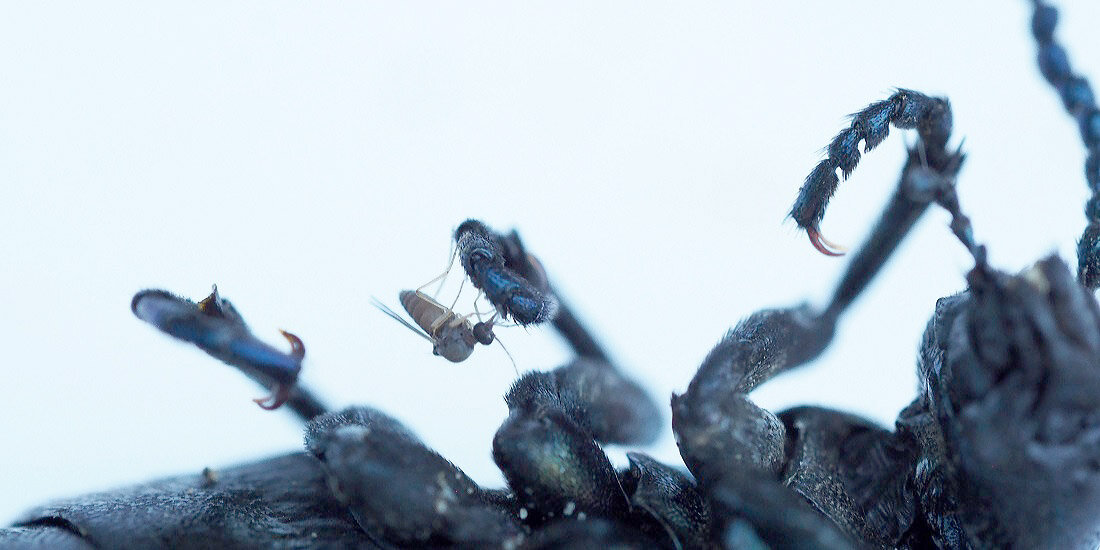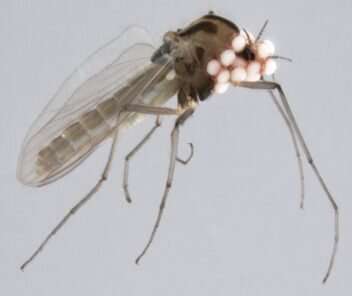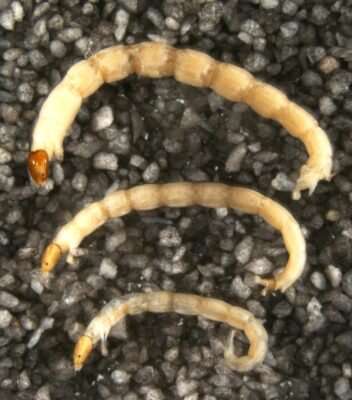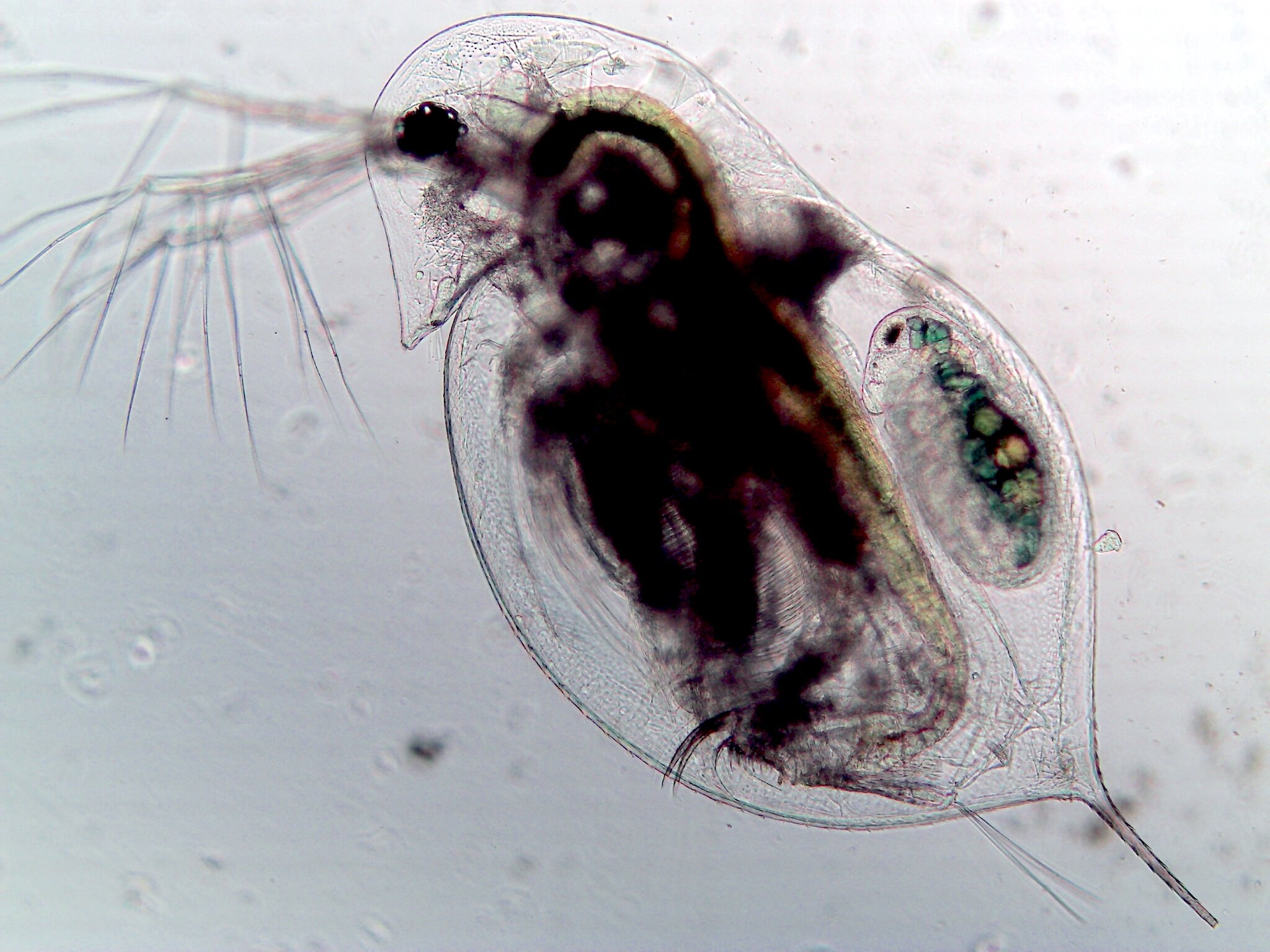#More than 100 new species of insects discovered in Norway

Table of Contents
“More than 100 new species of insects discovered in Norway”

You’ve no doubt been irritated by them on the terrace many a summer evening: biting midges so small that you hardly notice them until they start feeding on your blood, leaving countless itchy bites.
In Scotland—which has plentiful bog areas where midges thrive—midges become so numerous that they are actually considered the the tourist industry’s greatest plague.
Nevertheless, in Norway these little tormentors mostly consist of only one genus and a few dozen species (the ones you hope won’t come for dinner), in a rather species-rich midge family.
Only very few of the biting midge species feed on human blood. It’s a good idea to keep this in mind when you learn that 58 midge species new to Norway have now been found!
The water mites and midges project in southern Norway has been carried out with support from the Norwegian Biodiversity Information Center’s species project. The results were recently published in the Norwegian Journal of Entomology.

47 new species of water mites
“In this project, we surveyed biting midges, non-biting midges and water mites at around 100 locations in southern Norway. We also dealt with previously reported findings and cleaned up the species lists of Norwegian biting midges and water mites,” says Elisabeth Stur, a researcher and project manager at the NTNU University Museum.
They also found 47 species of water mites, which are also new to Norway. Stur explains that most of the species collected in the project have had their DNA analyzed. The insects were assigned a DNA barcode.
“The barcode is a DNA signature that is characteristic of a species. It enables us to compare genetic characteristics of species and strains from different places in the world. International cooperation on databases with DNA barcodes means that we can compare the discoveries of species in many countries in a completely different way than before,” says Stur.

More than just a human tormentor
You may be among those who don’t get super enthusiastic at the thought of more biting midges and mites than we previously were aware of in Norway. But you should know that these are species with diverse ways of life and important roles to play in the natural world.
Stur explains. “Biting midges take in the most food as larvae. Depending on their habitat, they eat algae, fungi, plant remains or other animals. As adults, they can also live on nectar, pollen and other insects. And certain species feed on the blood of animals other than humans,” she says.
Water mites are in many aspects a distant relative of ticks and other mites, but they do not suck blood from mammals.
“The adults are predators and crawl around on the bottom of streams, rivers and other bodies of water, where they hunt other invertebrates. The larvae are often parasites on aquatic insects and can hitchhike on adult flying insects,” says Stur.
Probably still more species to discover
Discovering over 100 new species in Norway is not exactly a daily occurrence.
Finding so many new species right now “is probably a combination of factors,” says Stur. “First, we’ve had funding from the Species Project to examine the fauna in southern Norway a little more systematically. Secondly, it’s been quite some time since anyone worked with biting midges in this way.”
“We’ve also had two of Europe’s foremost experts in the field, Patrycja Dominiak at the University of Tromsø and Reinhard Gerecke from Tübingen in Germany, involved with the project,” she said.
“Although we’ve documented a lot of new species, there’s still plenty more to discover. Future projects will no doubt find more new water mites and biting midges in Norway,” Stur says.
More information:
Dominiak, Patrycja and Stur, Elisabeth, New findings and an overall assessment of Norwegian biting midges (Diptera, Ceratopogonidae), Norwegian Journal of Entomology (2022).
Gerecke, Reinhard & Kjærstad, Gaute & Ekrem, Torbjorn & Stur, Elisabeth, A faunistic study of water mites (Hydrachnidia and Halacaridae) from southern Norway, Norwegian Journal of Entomology (2022).
Citation:
More than 100 new species of insects discovered in Norway (2023, February 21)
retrieved 22 February 2023
from https://phys.org/news/2023-02-species-insects-norway.html
This document is subject to copyright. Apart from any fair dealing for the purpose of private study or research, no
part may be reproduced without the written permission. The content is provided for information purposes only.
If you liked the article, do not forget to share it with your friends. Follow us on Google News too, click on the star and choose us from your favorites.
For forums sites go to Forum.BuradaBiliyorum.Com
If you want to read more Like this articles, you can visit our Science category.



